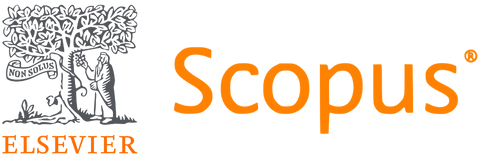Vocational Didactics: Mapping the Terrain in Swedish Upper Secondary Vocational Education and Training
DOI:
https://doi.org/10.13152/IJRVET.11.1.4Keywords:
Vocational Didactics, Didaktik , Upper Secondary Vocational Education and Training, Vocational Knowledge and Skills, Vocational Education and Training, VETAbstract
Purpose: The article focuses on the contribution of didactics and didactic theory as a distinct strand in research on vocational education and training (VET). Empirical research is reviewed to further explore what characterizes vocational didactics in the Swedish context of Upper Secondary VET.
Approach: Semi-structured and flexible review methodology was used to identify didactic research and map its emergent features. An analytic framework was constructed for this purpose and used iteratively throughout the review process. The framework expresses the constitutive simultaneous interdependence of the relationships A-B-C. They refer to A) the ways of how the actors engage with the content as meaning and matter or relationship between the actors and the content, B) the relationship between the actors and the method through interaction with the content, and C) relationship between the methods embedded in work tasks and school assignments and how they underpin the content. A total of 26 sources was identified and thematized as school-based vocational didactics, collaborative vocational didactics, and work-based vocational didactics.
Findings: Four distinct features of vocational didactics in Upper Secondary Vocational Education and Training (USVET) are outlined: 1) Diversification of the use of simulation as a method in school-based education pointing to vocational knowledge and skills 2) broadening of instruction (and reflection) as a method by inclusion of several parties (e.g., supervisors, workplace staff, instructors-practitioners), 3) work tasks as a method pointing to vocational knowledge and skills as content, 4) interaction between several parties using verbal and non-verbal means. Despite a growing interest in the importance of work tasks in their dual affordance of meaning and matter, few sources deal with students' learning processes in alignment with the logic of the production of goods and services.
Conclusion: The analytic framework we have put forth strengthens the conceptual boundaries of vocational didactics from a point of view of profession-related learning objectives (content), actors, and methods involved. Applying the didactic theories to review empirical research on VET strengthens the integrity of vocational didactics as a particular field.
Downloads
Online First / Final Publication Date
How to Cite
Issue
Section
URN
License
Copyright (c) 2024 Martina Wyszynska Johansson, Ingela Andersson

This work is licensed under a Creative Commons Attribution-ShareAlike 4.0 International License.





